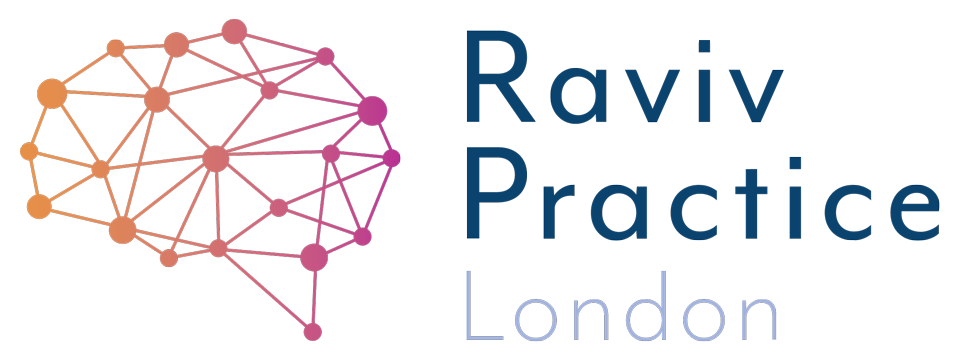Interactive Metronome: Frequently Asked Questions (FAQ)
Interactive Metronome: Frequently Asked Questions (FAQ)
Interactive Metronome (IM) is an evidence-based programme that trains the brain's internal timing system to improve attention, coordination, and self-regulation.
Interactive Metronome is used primarily for those with suspected or diagnosed neurodiversity. As part of having a neurodiverse condition, two factors are frequently at play:
Executive Functioning Disorder. . Executive functioning (EF) is a group of mental processes that help control emotions, focus on the task at hand, shift attention, manage time, and remember instructions.
Slow Processing Speed. Slow processing speed, affects rhythmic timing, sequencing and activities - it can be either motor related (physical speed) or the speed at which thoughts are processed (cognitive speed).
Children with Executive Functioning Disorder or Slow Processing now have a tool to help them reach their potential.
Here is everything parents need to know about Interactive Metronome and how it helps children reach their potential.
1. What exactly is Interactive Metronome?
Interactive Metronome (IM) is a training programme that uses a computer, headphones, and motion sensors to help users synchronise their movements to a precise beat. This helps improve the brain's timing, which is essential for focus, motor coordination, processing speed, and emotional control.
2. How does it work?
The child listens to a metronome beat through headphones and performs hand or foot movements in time with it. Motion sensors and biometric technology measure how accurately (to the millisecond) they respond. Real-time feedback helps the brain learn to make finer, more precise adjustments, just like physical therapy for the brain's timing circuits.
3. What types of challenges can IM help with?
IM is beneficial for children with:
Executive Functioning Disorder
Attention Deficit Hyperactivity Disorder (ADHD)
Autism Spectrum Disorder (ASD)
Sensory Processing Disorder (SPD)
Developmental Coordination Disorder (DCD)
Speech and language delays
Poor sequence, timing and slow processing speeds.
It can also help typically developing children improve performance in school, sports, and daily routines.
4. Is there research to support its effectiveness?
Yes — IM is backed by over 30 peer-reviewed studies showing improvements in attention, motor control, working memory, and academic performance. Research has shown changes in brain activity after IM training, confirming its neuroplastic impact.
5. How often does my child need to train?
Protocols are always 5 days per week
30-minute protocol - 12 weeks
15-minute protocol - 24 weeks
6-minute protocol - Duration tailored to the individual. Bespoke protocols suited to
non-verbal children/ those with ASD/developmentally behind.
Home-based training offers flexibility for your family's routine, with regular feedback from us.
6. What equipment do you need at home?
For at-home IM training, you need to have
IM software
Headphones
Tap sensors (two sensors one for the hand and another for the feet)
7. Will my child need help during sessions?
Yes — especially in the early sessions. Most children benefit from supervision or encouragement from a parent. Children need monitoring and encouragement throughout their sessions each day until they are proficient enough to work alone.
8. How will I know it's working?
You'll notice improvements in your child's timing scores (measured in milliseconds), but more importantly, you may also observe:
Increased focus and attention span
Better coordination (e.g. balance, handwriting, catching a ball)
Improved emotional control and reduced frustration
Greater ease with daily routines and schoolwork
Better able to sequence activities ( physical and cognitive)
More consistency when doing repetitive tasks.
As an IM provider, we monitor your child’s progress and discuss the results regularly.
9. Is IM suitable for all ages?
IM is used with children as young as 4 years old through to adults. For younger children or those with additional needs, the program can be adapted to match developmental levels and attention spans.
10. How do I get started?
Let’s arrange a time to talk. We'll discuss your child's needs, help with equipment setup, and design a personalised home programme.
Dyslexia? Dyspraxia? ADHD? ASD? Speech & Language? Developmental Delay? Anxiety?
Is every school day a struggle? As a parent, you may feel exhausted and on this journey alone. Each year you see the gap getting wider. You need to do something - change the approach, help your child learn for themselves, find a way to turn this around - to help while you can - do this NOW. the first step is free.
About the Author
Usha Patel is a Neurocognitive Therapist and Director at Raviv Practice London. Parents searching to help their suspected/neurodiverse child can get evidence-based solutions with results in as little as 8 weeks. Those in search of jargon-free help can get started straight away.



